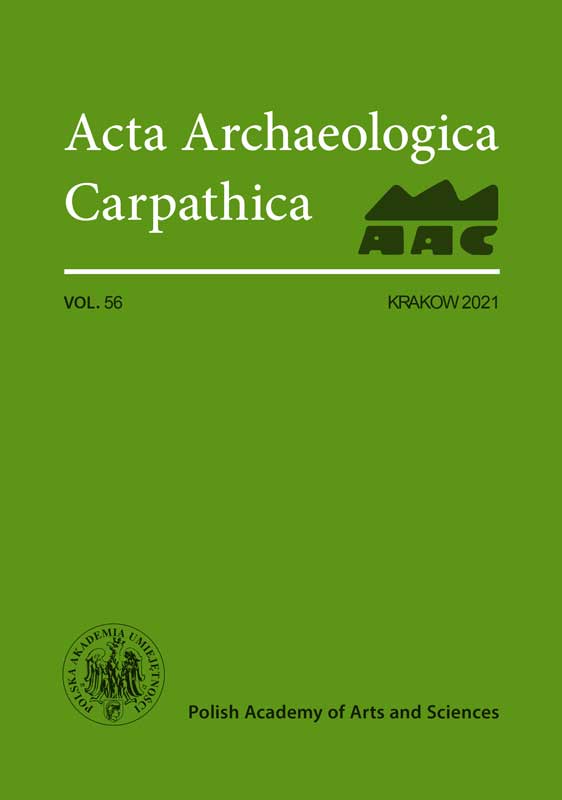Rhinoceros exploitation at Érd (Hungary). What a place for the megaherbivores in the Neanderthal diet in Hungary?
Rhinoceros exploitation at Érd (Hungary). What a place for the megaherbivores in the Neanderthal diet in Hungary?
Author(s): Éva J. DaschekSubject(s): History, Archaeology
Published by: Wydawnictwo Uniwersytetu Jagiellońskiego
Keywords: Middle Palaeolithic; Rhinocerotidae; Proboscidea; rhinoceros exploitation; mammoth exploitation; Carpathian Basin
Summary/Abstract: The Hungarian Transdanubian site of Érd, where a Mousterian industry and abundant osteological material were discovered in the early 1960s is well known to prehistorians. The remains of megaherbivores (Mammuthus primigenius, Coelodonta antiquitatis) are re-examined here under the taphonomic and archaeozoological components in order to complete the Hungarian and European s.l. data and reassess the potential exploitation of these two pachyderms in the Neanderthal diet and economy. The cut marks, the intense activity of carnivores/hyenas and the skeletal profiles indicate a mixed origin of the carcasses. Mortality patterns of rhinoceros are characterized by the presence of young, subadult and adults, and suggest multiple acquisition by active scavenging and/or hunting with quick access. Skeletal profiles suggest a selective transport of rich/nutritive elements by humans to the site. The cut marks and fracturing of some elements (in situ butchery treatment) confirm that Neanderthals consumed these species on site and that they had at least partial primary access. The mode of acquisition seems active with rapid access for a young mammoth. Érd confirms the Neanderthal exploitation of rhinos and mammoths in their steppic environment during the Middle Palaeolithic. Érd is currently the only Hungarian Middle Palaeolithic site with a proven exploitation and consumption of these megaherbivores.
Journal: Acta Archaeologica Carpathica
- Issue Year: 2021
- Issue No: 56
- Page Range: 13-66
- Page Count: 53
- Language: English

